True/False
Indicate whether the
statement is true or false.
|
|
|
1.
|
The primary purpose of Plain and Roller bearings is to reduce friction.
|
|
|
2.
|
Plain bearings are suited for applications where a high level of service and
maintenance might not be possible for reasons of accessibility or environment.
|
|
|
3.
|
Solid plain bearings are often referred to as bushed or sleeve bearings.
|
|
|
4.
|
Bearings are required to handle 3 types of loads: Radial, Axial and
Angular.
|
|
|
5.
|
Service life is determined by variables such as installation, lubrication,
operating environment, contamination, sealing arrangements, alignment, etc.
|
Multiple Choice
Identify the
choice that best completes the statement or answers the question.
|
|
|
6.
|
These are ___________. 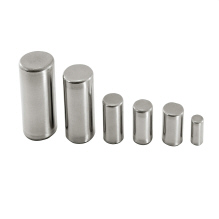 a. | Taper Rollers | c. | Spherical Rollers | b. | Cylindrical Rollers | d. | Ball Rollers |
|
|
|
7.
|
These are ___________. 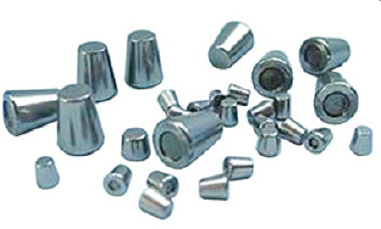 a. | Taper Rollers | c. | Spherical Rollers | b. | Cylindrical Rollers | d. | Ball Rollers |
|
|
|
8.
|
These are ___________. 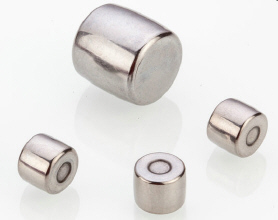 a. | Taper Rollers | c. | Spherical Rollers | b. | Cylindrical Rollers | d. | Ball Rollers |
|
|
|
9.
|
These are ___________.  a. | Taper Rollers | c. | Spherical Rollers | b. | Cylindrical Rollers | d. | Ball Rollers |
|
|
|
10.
|
This is a ___________. 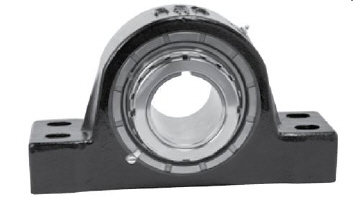 a. | Pillow Block | c. | Shaft | b. | Coupling | d. | Sheeve |
|
|
|
11.
|
This is a ___________. 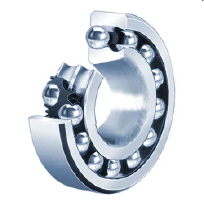 a. | Spherical Roller Bearing | c. | Tapered Roller
Bearing | b. | Cylindrical Roller Bearing | d. | Self-Aligning Ball Bearing |
|
|
|
12.
|
This is a ___________. 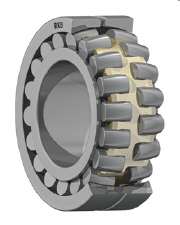 a. | Spherical Roller Bearing | c. | Tapered Roller
Bearing | b. | Cylindrical Roller Bearing | d. | Self-Aligning Ball Bearing |
|
|
|
13.
|
This is a ___________. 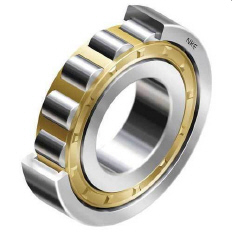 a. | Spherical Roller Bearing | c. | Tapered Roller
Bearing | b. | Cylindrical Roller Bearing | d. | Self-Aligning Ball Bearing |
|
|
|
14.
|
This is a ___________. 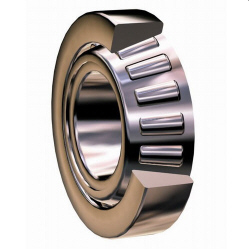 a. | Spherical Roller Bearing | c. | Tapered Roller
Bearing | b. | Cylindrical Roller Bearing | d. | Self-Aligning Ball Bearing |
|
Completion
Complete each
statement.
|
|
|
15.
|
A _________ is a component that is designed to provide shaft support,
positioning, guidance, free rotation, and reduce friction between moving parts.
|
|
|
16.
|
Bearing usually support a _________, oscillating, or lateral moving shaft and
are supported around the outside diameter by a housing of some form.
|
|
|
17.
|
__________ is the study of friction between interacting parts.
|
|
|
18.
|
Bearings can be divided into two groups: plain bearings (friction) and rolling
element bearings (____________).
|
|
|
19.
|
_________ bearings rely on sliding action.
|
|
|
20.
|
________ __________ bearings rely on rolling action.
|
|
|
21.
|
____________ bearings generally roll rather than slide.
|
|
|
22.
|
Plain or ______ bearings are selected and applied based on analysis of loads,
speeds, operating conditions, size, and service requirements.
|
|
|
23.
|
Precise _______ of the supported shaft/journal operating in most sleeve bearings
is imperative.
|
|
|
24.
|
A performance and selection factor used to measure and select a plain bearing is
the “___” factor.
|
|
|
25.
|
__ is equal to the load on the bearings in pounds divided by the projected area
in square inches.
|
|
|
26.
|
“V” is the ________ in feet per minute of the wear
surface/shaft.
|
|
|
27.
|
______ plain bearings are usually split in half.
|
|
|
28.
|
Plain/sleeve bearings are available in a wide range of _________ and nonmetallic
materials.
|
|
|
29.
|
____________ bearings use some sort of rolling element, such as balls or
rollers, to carry the load and reduce the friction between two surfaces.
|
|
|
30.
|
The ________ life of the bearing is the actual life of a specific bearing up to
the point of failure.
|
|
|
31.
|
_________ blocks are one of the most common types of house bearings.
|
|
|
32.
|
________ bearing pillow bloxks are made with spherical, tapered, and other
shaped rolling elements.
|
|
|
33.
|
__________ failure is the reason why bearings should fail.
|
|
|
34.
|
___________ is probably the primary cause of most bearing failures.
|
|
|
35.
|
Bearings that receive inadequate ___________ will have a glazed
appearance.
|
|
|
36.
|
Bearings can be removed from shafts and housings by use of ________, presses,
heat, hydraulics, and special removal sleeves.
|
Matching
|
|
|
a. | Fatigue Strength | e. | Deformability | b. | Embeddability | f. | Shear Strength | c. | Compressive
Strenth | g. | Score
Resistance | d. | Corrosion Resistance | h. | Conformability |
|
|
|
37.
|
The ability of the bearing material to resis movement of the various layers
relative to one another.
|
|
|
38.
|
The quality of the material to resist oxidation and deteration of the material
due to exposure to various fluids.
|
|
|
39.
|
A desireable quality in an abbrasive environment.
|
|
|
40.
|
The ability of the material to wear away or conform to deflected loads withour
creating high temperatures.
|
|
|
41.
|
The characteristic of the material that allows it to yield slightly under
normal operating condidions
|
|
|
42.
|
The ability of the material to give adequate service life when subjected to
diverse stresses.
|
|
|
43.
|
The ability of the bearing material to carry the load without disintegration or
excessive deformation.
|
|
|
44.
|
Quality of a material which prevents damage to the journal/shaft during varied
lubicant film conditions.
|
|
|
a. | Thrust Loads | c. | Angular Loads | b. | Radial Loads |
|
|
|
45.
|
Loads that are at a right angle to the shaft axis
|
|
|
46.
|
Loads which are exerted parallel to the shaft
|
|
|
47.
|
Loads that are at right angles and parallel to the shaft, or combo
loads.
|
|
|
a. | Spherical Roller Bearings | c. | Single Row Anglar contact ball
bearing | b. | Cylindrical Roller Bearings | d. | Taper Roller Bearing |
|
|
|
48.
|
Uses line contact along the roller and race surface to carry the load.
|
|
|
49.
|
Can handle radial loads and moderate amounts of axial loads.
|
|
|
50.
|
The workhorse of the bearing industry, available in two seperate parts.
|
|
|
51.
|
Designed to accommodate combined radial and axial loads.
|